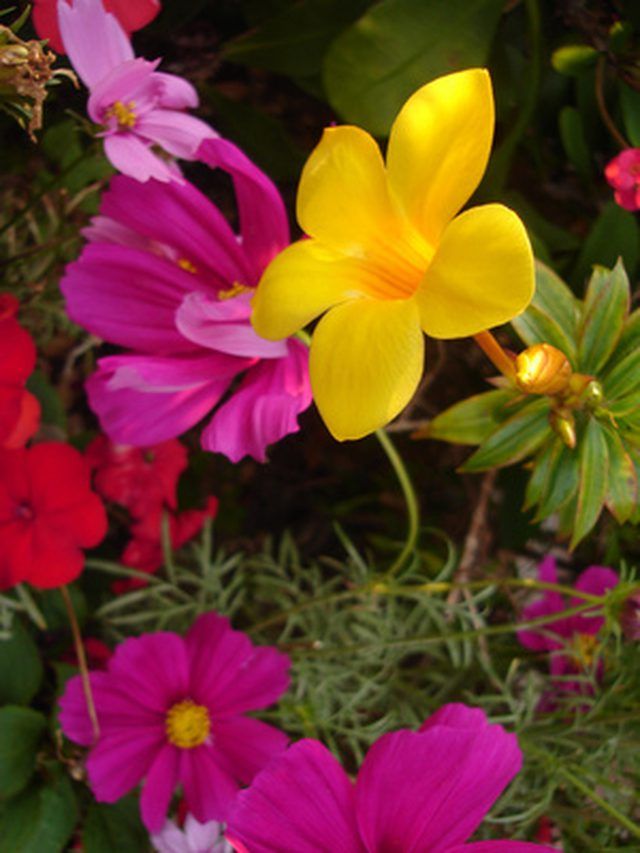Bulbs
Flower Basics
Flower Beds & Specialty Gardens
Flower Garden
Garden Furniture
Garden Gnomes
Garden Seeds
Garden Sheds
Garden Statues
Garden Tools & Supplies
Gardening Basics
Green & Organic
Groundcovers & Vines
Growing Annuals
Growing Basil
Growing Beans
Growing Berries
Growing Blueberries
Growing Cactus
Growing Corn
Growing Cotton
Growing Edibles
Growing Flowers
Growing Garlic
Growing Grapes
Growing Grass
Growing Herbs
Growing Jasmine
Growing Mint
Growing Mushrooms
Orchids
Growing Peanuts
Growing Perennials
Growing Plants
Growing Rosemary
Growing Roses
Growing Strawberries
Growing Sunflowers
Growing Thyme
Growing Tomatoes
Growing Tulips
Growing Vegetables
Herb Basics
Herb Garden
Indoor Growing
Landscaping Basics
Landscaping Patios
Landscaping Plants
Landscaping Shrubs
Landscaping Trees
Landscaping Walks & Pathways
Lawn Basics
Lawn Maintenance
Lawn Mowers
Lawn Ornaments
Lawn Planting
Lawn Tools
Outdoor Growing
Overall Landscape Planning
Pests, Weeds & Problems
Plant Basics
Rock Garden
Rose Garden
Shrubs
Soil
Specialty Gardens
Trees
Vegetable Garden
Yard Maintenance
Northern California Flower Bed Plant Guide
Northern California Flower Bed Plant Guide. Northern California boasts one of the best climates in the world. Many flowers grow naturally in the cool, moist air that blesses the lower elevations. Both wild flowers and domesticated varieties serve as bedding plants to grace entryways, backyard fences or problem areas. Some may be sold as cut...

Northern California boasts one of the best climates in the world. Many flowers grow naturally in the cool, moist air that blesses the lower elevations. Both wild flowers and domesticated varieties serve as bedding plants to grace entryways, backyard fences or problem areas. Some may be sold as cut flowers. Gardeners achieve stunning results with the variety of color combinations available.
Tall Background Plantings
Background plantings showcase the flowers in the foreground while providing beauty and diversity. Snapdragons (Antirrhinum majus) provide a wow factor of their own while allowing lower-growing plants to shine. The variety "Rocket" takes about 13 weeks from seed to flower and averages 36 inches in height.
Pincushion flowers (Scabiosa stellata) are a good choice. "Blue Moon" grows 36 inches tall and displays large lavender-blue flowers. Pincushions enhance flower arrangements and remain beautiful for a long time.
For a wildflower garden, use sunflowers (Helianthus annuus) as a backdrop. They grow 3 to10 feet tall and bloom profusely throughout the spring and summer.
Mid-height Centerpieces
The mid-height flowers serve as centerpieces in the landscape bed. For variety, try asters (Callistephus chinensis). One type, "Serene," comes in mixed colors and blooms 14 weeks after sowing.
Cockscombs (Celosia argentea) offer a quick pop of color, taking only 50 days to bloom from seed. The "Toreador" variety provides brilliant red plumes on 24-inch stems.
Those who prefer a wild, natural look may choose daisies (Leucanthemum vulgare) for a lovely display all summer.
Foreground Plantings
Foreground plantings accent the centerpiece and background flowers and allow for color variation. Low-growing wild plants often outshine the cultivated varieties. The iris (Iris tenax), for example, offers lovely blue or purple flowers.
California poppy, the state flower, graces beds with orange and yellow blooms throughout the spring and summer. For a different color palate, plant the low growing bicolored blue violet (viola adunca). A mid-spring bloomer, its purple flowers bear an interesting white patch for contrast.
When to Plant
Flower beds may be seeded earlier here than in most parts of the country. Rhododendrons and ranunculas are planted in March. Cosmos and zinnias, along with many perennials, may be seeded in April. The first weeks in May will see plantings of salvia, marigold, petunia and nasturtiums, as well as the heat-loving perennials. Sedums are a good choice for planting in June. October seeding of calendula, pansy, primrose, stock, snapdragons and viola will allow the plants to get a head start the following spring.
Extending the Season
To jump start the season or to extend it well into fall, try wild varieties native to California. Once established, they need no reseeding the following year. Species like red columbine (Aquilegia formosa) flower in early spring and attract butterflies and hummingbirds.
Canada goldenrod (Solidago canadensis), on the other hand, may extend the season with lovely golden blooms. It likes poor soil and is fairly easy to grow. Common burdock (Arctium minus) blooms in late summer and autumn and displays purple or pink flowers. Common tansy (Tanacetum vulgare) flowers in autumn and will keep the bugs away from your Labor Day barbecue. With a northern California flower bed, one may be assured of blooms early in spring and well into fall.